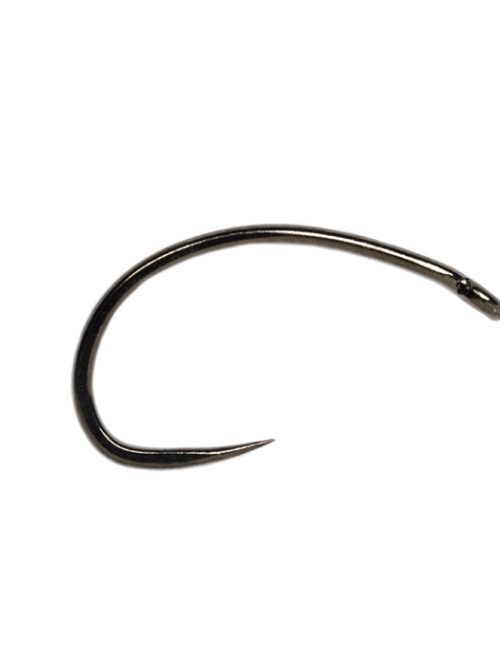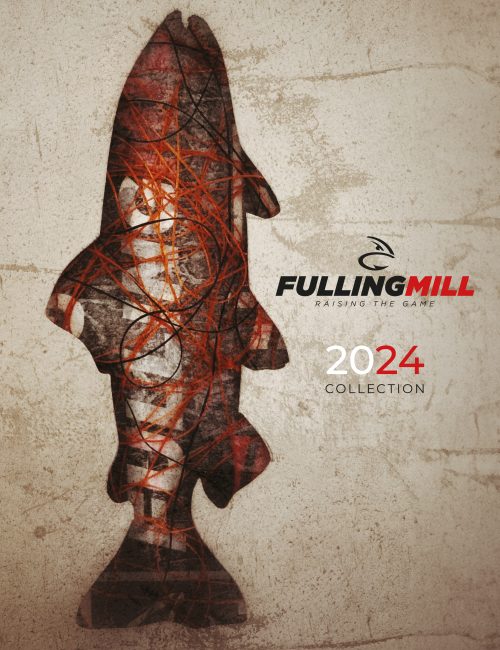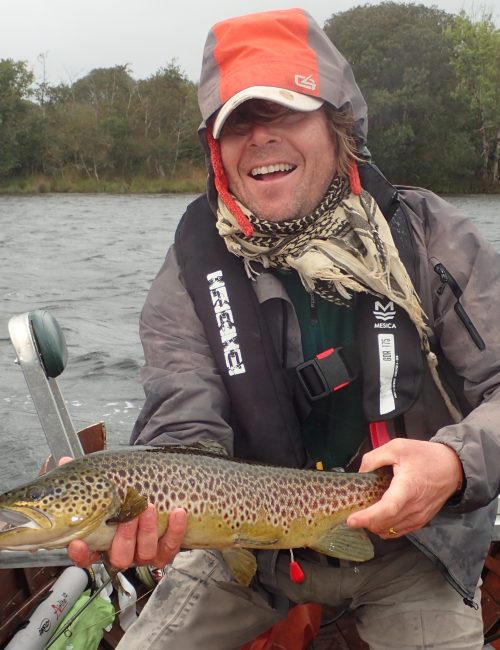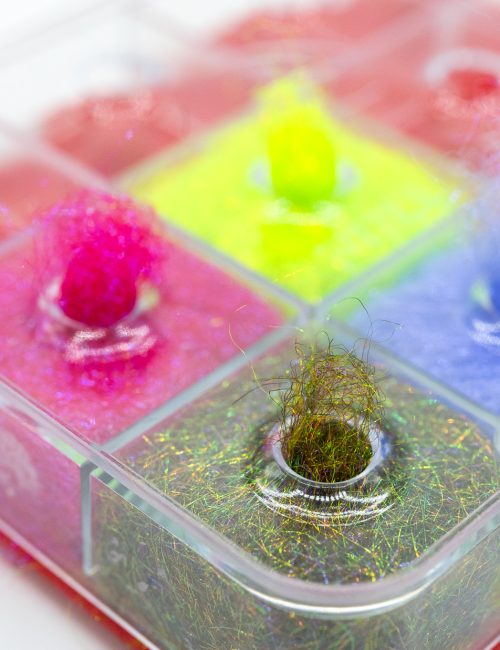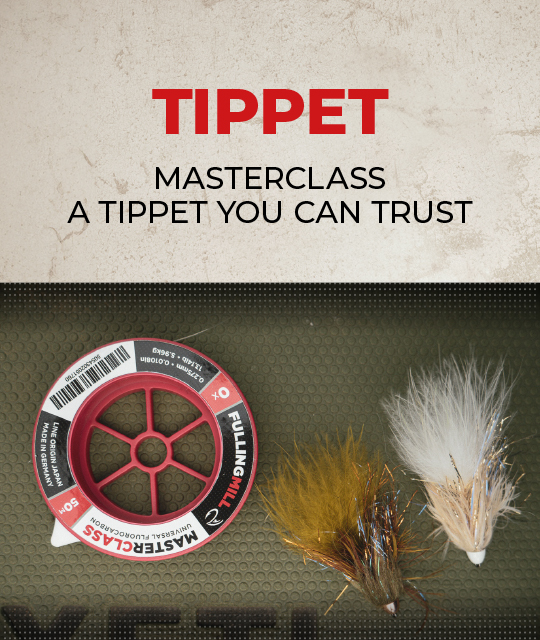Here in the UK we are so incredibly lucky to have access to a wide range of smaller, stocked stillwaters. They can, at times it is true, be relatively straightforward to fish. However, if you just repeatedly strip back a lure and wait for a pull it’s not necessarily always that easy. There are times when some simple tips can make such a difference.
Vary Your Retrieve
For starters it really does pay to vary the retrieve. The same fly can be fished in so many ways. Almost static – under a bung – is about as simple as it gets. That, or retrieved with a simple figure eight. Most usually this is a series of strips and then right up through to a rapid roly poly. So that’s just a few variations, and, that’s not yet considering the depth the fly is being presented at. For example a more weighted pattern will fish a bit deeper. Or, you could just wait for a lighter one to sink a little. But, that’s why you will see a variety of patterns in the FM catalogue which may have no inbuilt weight, or go right through to options with brass to tungsten beads.

Vary Your Lines
There’s no doubt it pays to have a range of line choices in your armoury. Another really good presentational option is to switch to an intermediate density line. It’s great at keeping your line under the surface drift on windy days if you want to do a really slow retrieve. This avoids the line being pulled around in an arc by that surface movement and thus speeding up the fly. This is a common situation with a floating line when trying to fish buzzers. Also, you can just wait that little bit longer for the intermediate itself to take the fly down, and then the retrieve path will keep it lower in the water column. Do try all the retrieve and line options from your chosen position before moving. And, if it’s not convenient to move, then try a change to the size of the fly. As simple as just going very much smaller can make all the difference. That’s why FM so often list as many as four size options to just the one pattern.
Choosing Your Leader
Catch and release fisheries, and/or those with really clear water will test you a little more and here it can be quite critical to use as long a leader as you can manage. Believe me, it really does make a difference. And, by far the simplest option is to have a tippet ring on the end of your tapered leader. Then, just adjust the length of tippet. I’m a great believer in keeping things as simple as possible and if I’m fishing at close range my leader is usually a 9’ taper with a 3’ tippet but if I’m at a greater distance, and maybe with two flies, then my leader is a 12 ‘ and the tippet goes up to between 6 and 10 feet.
Materials do matter, and I invariably use flourocarbon for the tippet when using nymphs or lures. World Class has been my choice for years, but the newer Masterclass is really useful for the ultra clear or catch and release fisheries. It’s reduced diameter really does make a difference. Do please take care to construct your knots properly – don’t rush it. Pulling a knot tight too quickly can easily damage the material with the friction that’s created. So, wet it first! All of these seemingly little things add up to making the difference between catching or struggling.

Don’t Get In A Rut
It seems to be so easy to get into a rut, and I see this most days on fisheries. It’s the same cast, to the same place, with the same retrieve over and over. Maybe I see the occasional fly change, but with an ever shorter leader, until eventually disillusionment sets in. Then, the fishery gets the blame! I did magazine features for some thirty years on a very wide range of fisheries throughout the Country when failure was not an option. Individual tuition, right through to busy corporate days are just some of the varying challenges. So, my thoughts will always be to make changes if I’m not getting results. But, there are also other factors to consider, not least of which is the time of the year, and the associated conditions.
Water Temperature
Water temperature, and its associated oxygen levels are big factors in the behaviour of trout in the smaller waters. The simple facts are that the warmer the water, the less oxygen it is capable of holding. The consequence is that the trout are then less inclined to feed, and therefore are harder to catch. Plugging away with a big fluffy lure on a heavy leader was probably fine in winter. However, come summer, you really need to downsize and have a much more measured presentation.
Small, unweighted nymphs which can be fished above the weed will now come to the fore. That, and dry and emerger patterns also score well—specially early and late in the day. I often say that trout don’t actually eat fritz, marabou and gold beads, but they do eat little bugs. So, don’t be shy of fishing with something more imitative. In essence, the fish in the smaller waters may well have only been recently stocked, and possibly a little more naive compared to those that have settled to a more natural feeding pattern. Those that have already been caught, at least the once, will definitely be that bit smarter.

Variation Brings Results
So, all I’m asking is that you sometimes will need to vary your presentation and technique beyond that which worked maybe a few months ago. A bit of variation can bring results.

